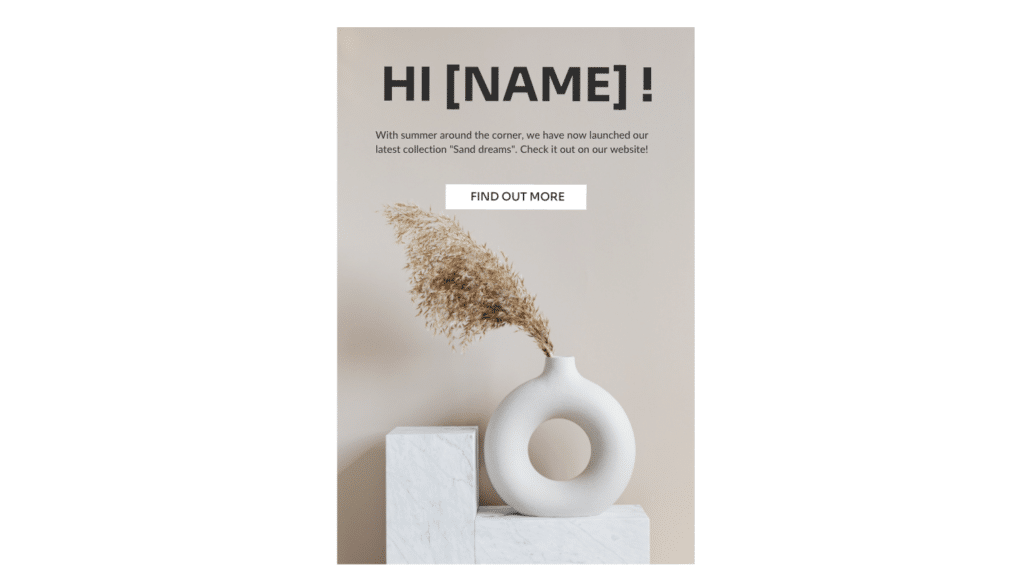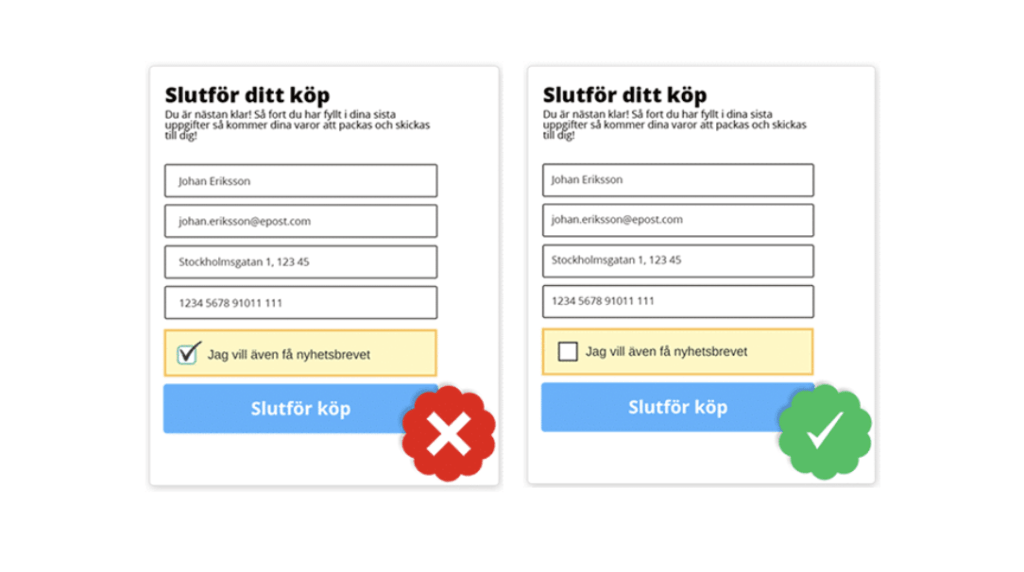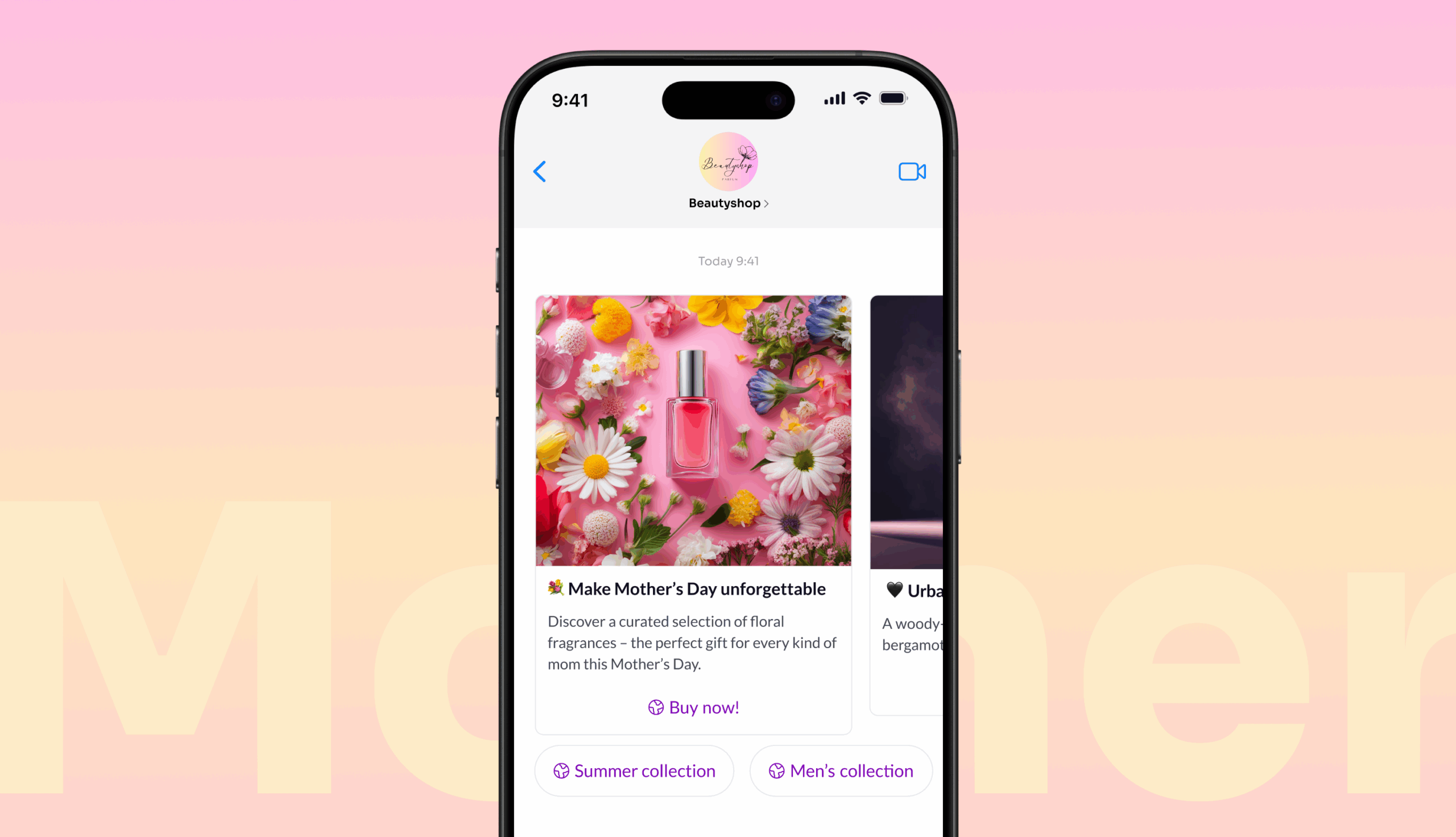Creating email may not sound like art, but creating email that is engaging and inspiring is easier said than done. Email marketing is actually one of our most important channels to communicate through and therefore something that should be optimized well. As many as 97% of everyone who uses the internet communicates with their friends, acquaintances, suppliers, customers etc via email. As if it were not much, it’s also the whole 70% that do it as much as every day.
Many factors come into play for an email to be complete and that has that little extra. There are many small and simple tricks to use to create a great email. We share our 8 best tips for creating email and how to succeed with your email marketing.

1. Set a clear goal
Before you get started and start creating emails and newsletters, it’s good if you first set a goal with it. What should your email generate? Maybe conversions to a particular website or link, engagement or participation in a contest or a form, or is it perhaps just meant as an informal newsletter that should interest new customers to get started with your service? With a clear goal, it’s also easier to formulate the value of your message to the customer.
2. Personalize your emails and newsletters
Today, customers expect personalized messages and that is also what the statistics show. A personal mailing has a significantly higher opening frequency and commitment, than a general mailing. Small but simple tips on how you can use personalization when creating emails, is to include the customer’s name “Hi xxx” or include product recommendations based on purchase and browsing statistics.

3. Put an accurate subject line
The subject line is absolutely decisive for whether the recipient will open your email or not. When you create email, it’s therefore very important that you spend time on a well-thought-out and attractive line of topics that will convince your customers to open your email. Try to avoid flat and general subject lines such as “articles of the week”, “monthly letters”, which don’t sound so enticing. A good rule of thumb is to always read the subject line aloud to yourself and think, would you open the email with this subject line yourself?
4. Appearance isn't everything, but a lot
Once a subscriber has opened your email, it’s important to make the recipient want to read the content as well. A newsletter that is well-designed, has a good newsletter template and good content will improve your results and also ensure that your email looks good, regardless of which email client it reaches. Don’t forget to break with visual material when creating email. Well-thought-out and carefully selected content can significantly enhance the reading experience and also create that enchanting feeling that only visual material can.

A/B testing means that you test two versions of an email or a campaign against a randomly selected part of the target group you are targeting, to determine which version converts best. Instead of taking a chance on which subject line makes the customer open the email or which CTA button best converts, you can instead get black and white by letting a smaller group of recipients and letting the winning email from them, then go out for real to the rest of your recipients. When you test yourself in this way to find out what works best for your target audience, you can both increase the conversion and maximize the outcome of your newsletters and campaigns.
6. Review your SPF settings
To ensure that you reach the customer’s inbox and are not classified as spam, you should review your SPF settings so that they are set correctly. A big reason why customers don’t open mailings is because they simply miss them, as they are classified as spam and end up directly in the trash. If your email is classified as spam, there is a risk that your domain will be blacklisted by specific email providers. To avoid this, you should carefully review your email so it’s properly structured, easy to read, does not contain too heavy files and special characters, etc. Read more about how you work with delivery security.

7. Think of the GDPR
Make sure you only communicate and send emails with those who want to receive your communication. According to the Data Protection Ordinance and the GDPR, you need the consent of your customers to send communication in the form of newsletters and emails to them. This is to ensure that the customer receives your communication on their own and your terms. A consent can be in the form of clicking in that you want to receive personal offers or the newsletter during a registration process or as a final step when you have to complete a purchase. Then it can look like the following:

8. Analyze the opening rate of your newsletters
In order for you to successfully create and send emails, you should pay attention to how they are received by your subscribers. If you notice that some of your mailings have a lower opening rate or more deregistrations, it’s most likely due to the fact that your messages don’t meet the recipient’s expectations. What you can do then and keep in mind when you create emails and newsletters next time, is to review the subject line properly. Is it of any value and is it captivating enough? Also review the structure of your email, is it difficult to read or does it feel messy? Then it could also be that you simply sent your newsletter on the wrong day or at the wrong time, so try to send it at another time and evaluate accordingly.

In conclusion, we would like to remind you that email marketing can seem different depending on the industry, company, audience, etc. But some cornerstones you should work with when creating mail are to have a clearly formulated value, be short and concise so you make sure to focus on the most important things and not overuse the email marketing channel, as it can have the opposite effect and people instead think your communication will be too much. If you know these three pillars, you are well on your way and with these 8 tips above, you are now ready to start creating your next email. Good luck!





